Fire Extinguishers: Your First Line of Defense

Fire Extinguishers
Stay cool and comfortable all summer long with our efficient air cooler, designed for optimal airflow and energy savings.
Understanding Fire Extinguishers
Fire extinguishers are crucial devices designed to suppress small fires and prevent them from spreading. Understanding the different types of fire extinguishers and their specific applications can help ensure safety in homes, offices, and public spaces.
Fire Extinguishers are Classified into several types, including Class A for ordinary combustibles, Class B for flammable liquids, Class C for electrical fires, Class D for combustible metals, and Class K for cooking oils, each extinguisher is tailored to specific fire scenarios. Proper usage follows the PASS method: Pull the pin, Aim low at the fire's base, Squeeze the handle, and Sweep side to side. Regular maintenance, including monthly inspections and annual professional servicing, ensures they function effectively when needed.
Types of Fire Extinguishers
1. Water (Class A)
A Water (Class A) fire extinguisher is specifically designed to combat fires involving ordinary combustibles such as wood, paper, cloth, and certain plastics. These extinguishers work by cooling the burning material and reducing the heat necessary for combustion.
Advantages
- Effective on Class A Fires : Water extinguishers are specifically designed for ordinary combustibles like wood, paper, and textiles, making them highly effective for common household and workplace fires.
- Cooling Capability : Water absorbs heat, cooling the burning material and reducing the risk of re- ignition. This cooling effect is critical in extinguishing fires thoroughly.
- Environmentally Friendly : Water is a non-toxic, safe extinguishing agent that poses minimal environmental risks. It is readily available and does not leave harmful residues after use.
- Cost-Effective: Water extinguishers are generally less expensive than other types of extinguishers, both in terms of purchase and maintenance.
- Ease of Use:They are straightforward to operate, making them accessible for individuals with little training. The operation typically involves a simple "pull, aim, squeeze, and sweep" technique.
Key Features
- Effective on Class A Fires : Ideal for extinguishing fires involving organic materials.
- Cooling Agent : Water cools the burning material and reduces the heat, preventing re-ignition.
- Environmentally Friendly : Water is a non-toxic and readily available extinguishing agent.

Water Fire Extinguishers
Stay cool and comfortable all summer long with our efficient air cooler, designed for optimal airflow and energy savings.
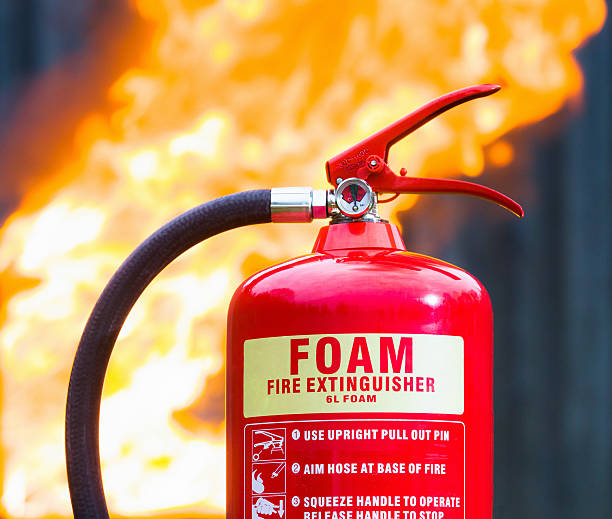
Foam Fire Extinguishers
Stay cool and comfortable all summer long with our efficient air cooler, designed for optimal airflow and energy savings.
2. Foam (Class A and B)
Foam fire extinguishers are versatile firefighting tools designed to combat both Class A and Class B fires. Class A fires involve ordinary combustibles such as wood, paper, and textiles, while Class B fires involve flammable liquids like gasoline, oil, and solvents. Foam extinguishers work by forming a blanket of foam that cools the fire and smothers it, effectively cutting off the oxygen supply.
Advantages
- Effective Cooling: Foam provides excellent cooling capabilities, reducing fire intensity and preventing re-ignition.
- Versatility: Class A foam can address a variety of fire types, while Class B foam is critical in industrial and commercial settings.
Key Features
- Multi-Class Effectiveness : Effective on both Class A (wood, paper) and Class B (gasoline, oil) fires.
- Chemical Composition : Utilizes a foam concentrate that forms a thick layer to smother and cool the fire.
- Visual Characteristics : The foam is typically white or light in color, easily recognizable during use.
3. Dry Powder (Class A, B, and C)
Dry powder extinguishers are versatile firefighting tools designed to combat a variety of fire types. They use a dry chemical agent to suppress flames and are categorized into three main classes: Class A, Class B, and Class C. Each class addresses specific types of fires, making these extinguishers crucial for both residential and industrial fire safety.
Advantages
- Versatility : One extinguisher can handle multiple types of fires, making it an economical choice for fire safety. Rapid Response: The dry powder can quickly extinguish flames, minimizing fire damage. Safety for Electrical Fires: Unlike some other extinguishing agents, Class ABC dry powder is non-conductive, allowing safe use on electrical fires.
- A Class ABC dry powder extinguisher is an essential safety device that provides comprehensive fire protection. Its ability to address various fire classes makes it ideal for both residential and commercial use. By understanding how to properly use and maintain this type of extinguisher, individuals and organizations can enhance their fire safety preparedness and response capabilities. 4o mini
Key Features
- Multi-Class Effectiveness : Dry powder extinguishers are classified to handle multiple types of fires, making them suitable for various environments. This multi-class capability means they can be used on: Class A Fires: Fires involving ordinary materials such as wood, paper, and textiles. Class B Fires: Fires involving flammable liquids like gasoline, oil, and solvents. Class C Fires: Fires involving energized electrical equipment, ensuring safety during operation.
- Chemical Composition : The extinguishing agent in these extinguishers is typically a dry chemical powder, such as: Monoammonium Phosphate: Effective for Class A and B fires. Sodium Bicarbonate and Potassium Bicarbonate: Primarily used for Class B and C fires. These agents work by interrupting the chemical reaction of fire and smothering the flames, effectively stopping the fire's spread.
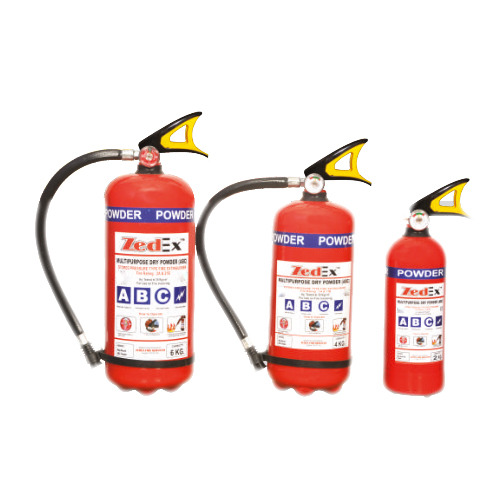
Dry Powder Fire Extinguishers
Stay cool and comfortable all summer long with our efficient air cooler, designed for optimal airflow and energy savings.
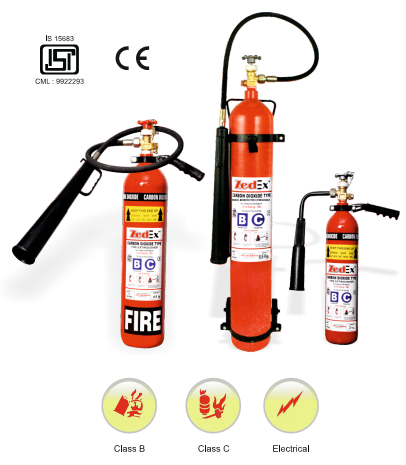
(CO2) Fire Extinguishers
Stay cool and comfortable all summer long with our efficient air cooler, designed for optimal airflow and energy savings.
4. Carbon Dioxide (CO2)
A Carbon Dioxide (CO2) fire extinguisher is a specialized fire suppression device designed to extinguish fires by displacing oxygen and cooling the burning material. CO2 extinguishers are particularly effective for Class B (flammable liquids) and Class C (electrical) fires, making them a common choice in commercial kitchens, laboratories, and areas with sensitive electrical equipment.
Advantages
- Effective Against Specific Fires: Particularly useful for flammable liquids and electrical fires.
- No Residue: Ideal for use in environments like offices and labs where cleanup needs to be minimal.
- Safety for Equipment: Does not damage sensitive electronics or machinery.
Key Features
1. Mechanism of Action:
- CO2 extinguishers work by releasing carbon dioxide gas, which displaces oxygen around the fire. Without sufficient oxygen, the fire cannot continue to burn. Additionally, the cold CO2 helps cool the surrounding area.
2. Non-Conductive:
- CO2 extinguishers work by releasing carbon dioxide gas, which displaces oxygen around the fire. Without sufficient oxygen, the fire cannot continue to burn. Additionally, the cold CO2 helps cool the surrounding area.
A Carbon Dioxide (CO2) fire extinguisher is a vital tool for fire safety, especially in environments with flammable liquids and electrical equipment. Its effectiveness, non-conductive nature, and clean operation make it an excellent choice for both commercial and residential settings.
5. Wet Chemical (Class K)
A Wet Chemical fire extinguisher is specifically designed to combat Class K fires, which involve cooking oils and fats, commonly found in commercial kitchens. These extinguishers are essential for ensuring fire safety in environments where deep-frying and cooking with oils take place.
Advantages
- Effective for Cooking Fires: Specifically designed to tackle fires from cooking oils and fats, which are common in commercial kitchens.
- Prevention of Re-Ignition: The soapy film formed by the extinguishing agent helps to prevent the fire from reigniting.
- Safe for Kitchen Use: Ideal for environments where traditional extinguishing methods (like water) could be dangerous.
Key Features
1.Specialized Agent:
- Wet Chemical extinguishers contain a unique solution, often potassium acetate, which effectively cools and extinguishes fires involving cooking oils and fats. This agent also forms a soapy layer on the surface of the burning oil, preventing re-ignition.
2. Cooling Properties:
- The wet chemical solution not only extinguishes the flames but also cools the cooking surface, reducing the risk of flare-ups.
Wet Chemical (Class K) fire extinguishers are crucial for fire safety in commercial kitchens, where the risk of cooking oil fires is high. Their specialized formulation allows for effective suppression of these fires, minimizing the risk of re- ignition and ensuring a safer cooking environment.
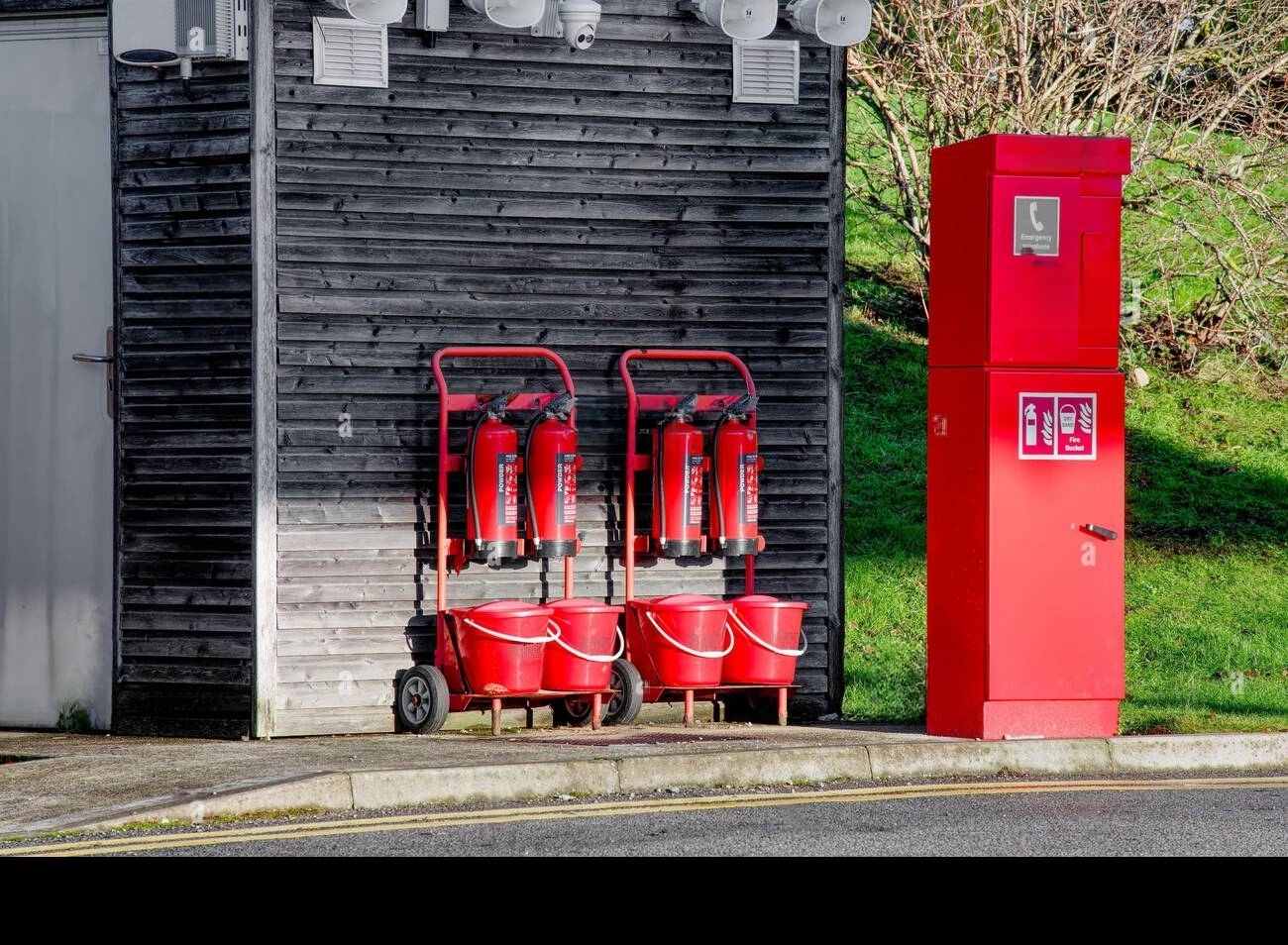
Wet Fire Extinguishers
Stay cool and comfortable all summer long with our efficient air cooler, designed for optimal airflow and energy savings.
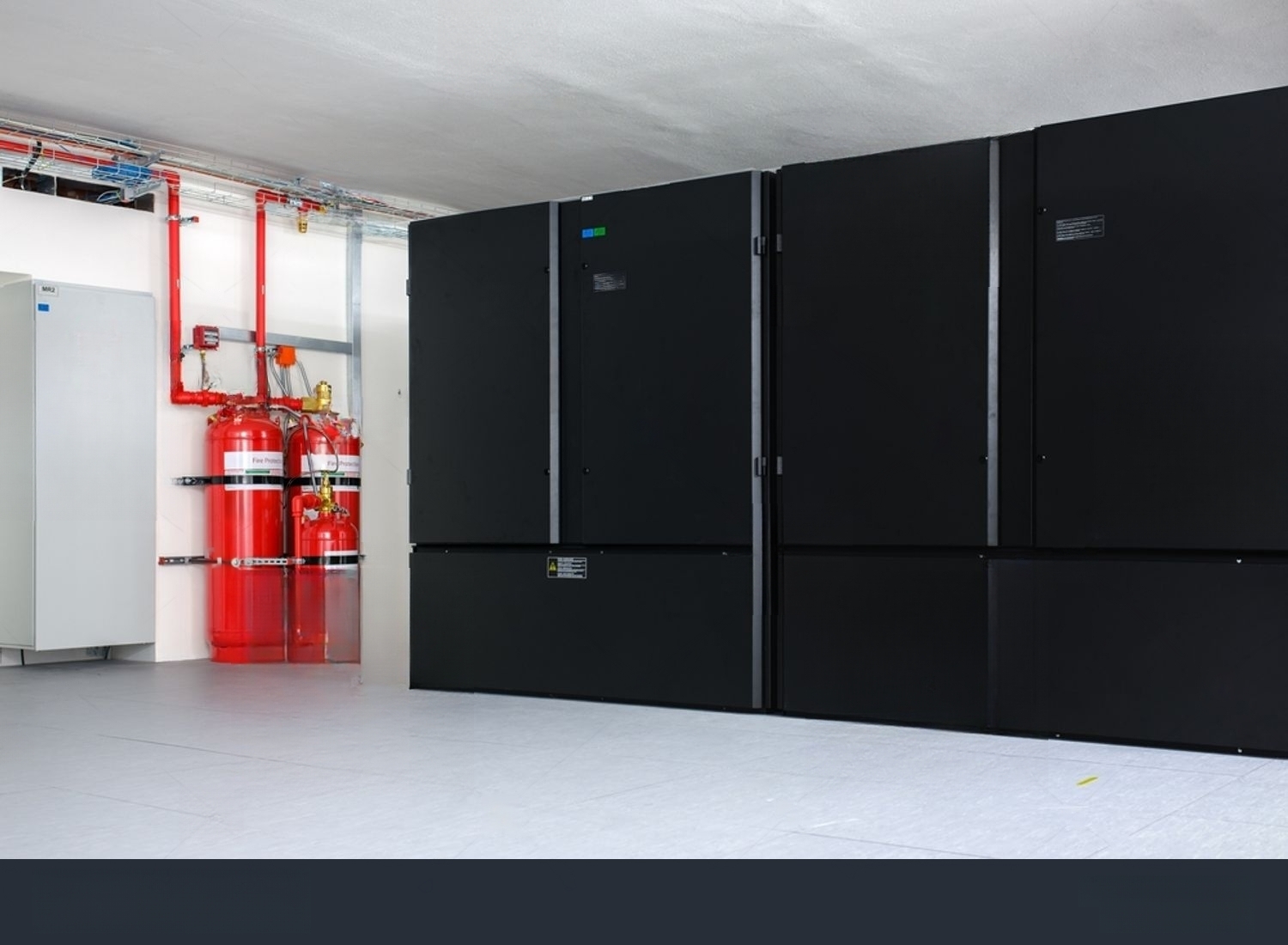
Clean Agent Fire Extinguishers
Stay cool and comfortable all summer long with our efficient air cooler, designed for optimal airflow and energy savings.
6. Clean Agent
Clean agent fire extinguishers are advanced fire suppression devices that utilize environmentally friendly chemicals to extinguish fires without leaving a residue. They are particularly effective in areas where sensitive equipment is present, such as data centers, laboratories, museums, and offices.
Advantages
- No Residue: The absence of residue means no cleanup is necessary after use, making it ideal for sensitive environments.
- Safe for Equipment: Non-conductive nature protects valuable electronics from damage.
- Versatile Application: Suitable for various fire types, making it a versatile option for many settings.
Key Features
1. Clean Agent Composition:
- These extinguishers typically use agents such as Halon, HFCs (hydrofluorocarbons), or newer alternatives like FK-5-1-12 and 3M Novec 1230. These agents are non-conductive and do not leave behind any residue after use, making them ideal for protecting electronic and delicate equipment.
2. Rapid Suppression:
- Clean agents work by interrupting the chemical reaction that sustains a fire. They are effective on Class A (ordinary combustibles), Class B (flammable liquids), and Class C (electrical) fires.
Clean agent fire extinguishers are an excellent choice for protecting valuable equipment and sensitive environments from fire. Their ability to suppress fires without leaving residue makes them indispensable in settings like data centers, museums, and laboratories.
Choosing the Right Fire Extinguisher
The appropriate type of fire extinguisher depends on the specific hazards present in your home, office, or workplace. For example, if you frequently cook with oils, a Class K extinguisher is essential. Consult with a fire safety expert to determine the best options for your needs.